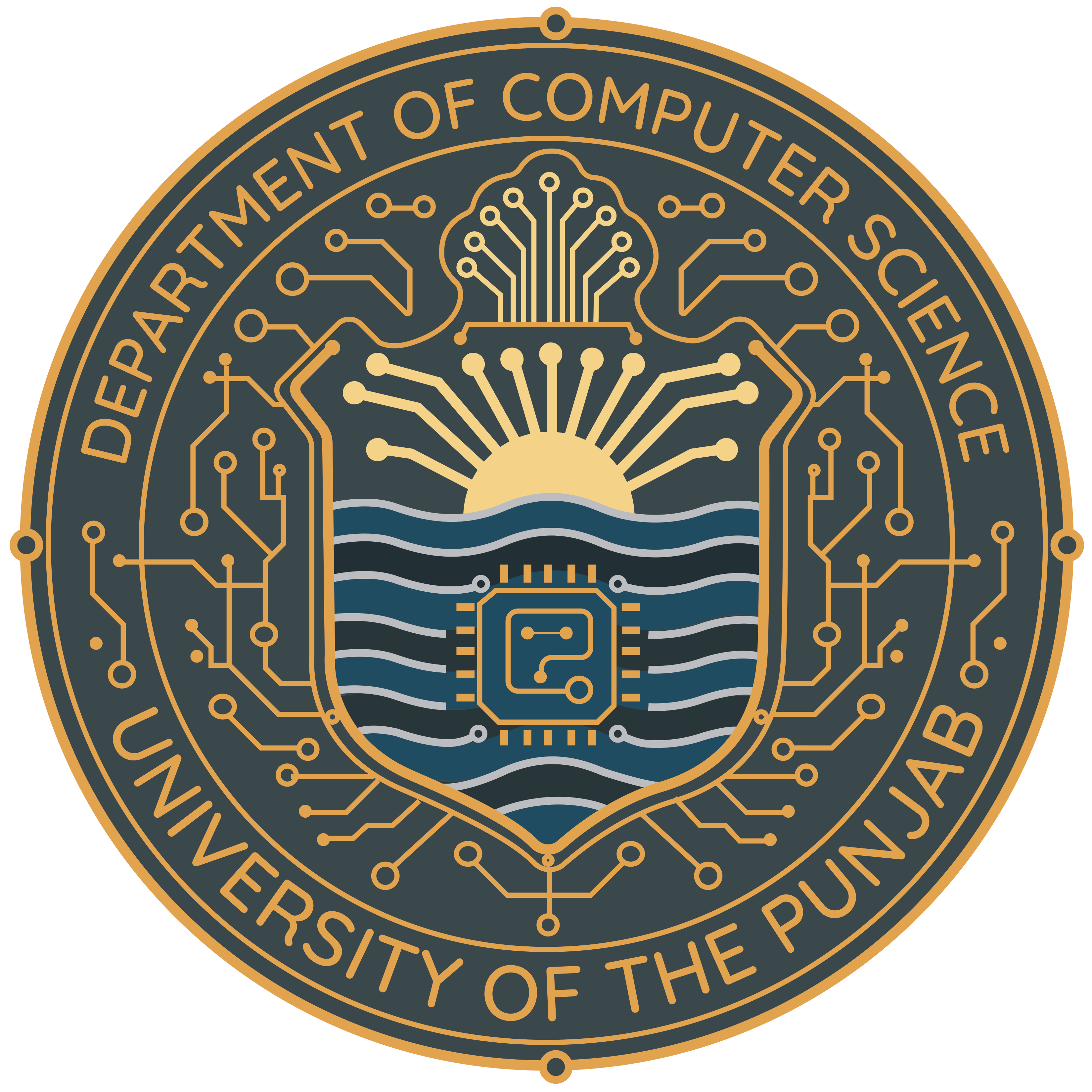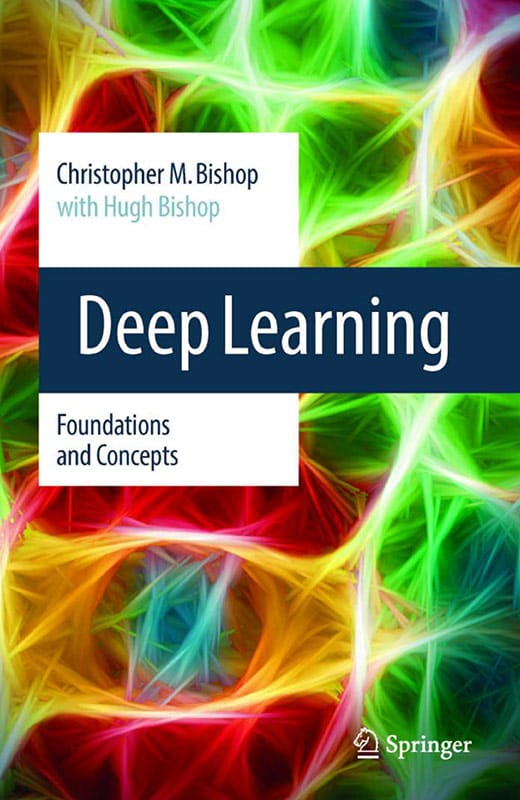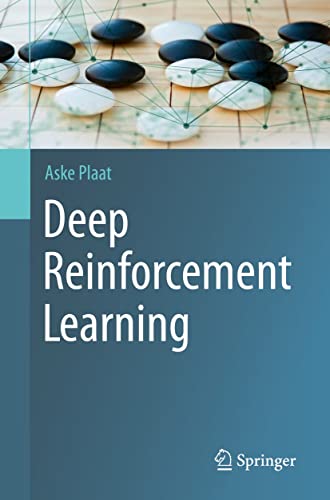
Deep Learning (CS-563)
Department of Computer Science
University of the Punjab
Instructor: Nazar Khan
Semester: Fall, 2025
Credit Hours: 3
Level: Graduate
Location: FCIT, Allama Iqbal Campus, AlKhwarizmi Lecture Theater
Class Times: Tue. and Thurs., 8:15 AM - 9:45 AM

Deep Learning: Foundations and Concepts
Chris Bishop and Hugh Bishop
Springer Nature, 2024

Machine Learning: A Probabilistic Perspective
Kevin P. Murphy
MIT Press, 2022
The ability of biological brains to sense, perceive, analyse and recognise patterns can only be described as stunning. Furthermore, they have the ability to learn from new examples. Mankind's understanding of how biological brains operate exactly is embarrassingly limited. However, there do exist numerous 'practical' techniques that give machines the 'appearance' of being intelligent. This is the domain of statistical pattern recognition and machine learning. Instead of attempting to mimic the complex workings of a biological brain, this course aims at explaining mathematically well-founded techniques for analysing patterns and learning from them.
Artificial Neural Networks as extremely simplified models of the human brain have existed for almost 75 years. However, the last 25 years have seen a tremendous unlocking of their potential. This progress has been a direct result of a collection of network architectures and training techniques that have come to be known as Deep Learning. As a result, Deep Learning has taken over its parent fields of Neural Networks, Machine Learning and Artificial Intelligence. Deep Learning is quickly becoming must-have knowledge in many academic disciplines as well as in the industry.
This course is a mathematically involved introduction into the wonderful world of deep learning. It will prepare students for further study/research in the areas of Pattern Recognition, Machine Learning, Computer Vision, Data Analysis, Natural Language Processing, Speech Recognition, Machine Translation, Autonomous Driving and other areas attempting to solve Artificial Intelligence (AI) type problems.
Lectures
| # | Topics | Slides | Videos | Recitations | Readings | Miscellaneous |
|
1 |
|
|
|
|||
|
2 |
|
Recitation 1
|
|
Quiz 1 |
||
|
3 |
|
|
|
|||
|
4 |
|
Recitation 2
|
|
Quiz 2 |
||
|
5 |
|
Loss Functions and Activation Functions for Machine Learning |
|
|
||
|
6 |
|
Recitation 3
|
|
Quiz 3 |
||
|
7 |
|
|
|
|||
|
8 |
|
Recitation 4
|
|
Quiz 4 |
||
|
9 |
|
|
||||
|
10 |
|
|
Quiz 5 |
|||
|
11 |
|
Recitation 5
|
|
|||
|
12 |
|
|
Quiz 6 |
|||
|
13 |
|
Recitation 6
|
|
|||
|
14 |
|
|
||||
|
15 |
|
Recitation 7
|
|
|||
|
16 |
|
|
||||
|
17 |
|
|
||||
|
18 |
|
|
||||
|
19 |
|
|
||||
|
20 |
|
|
||||
|
21 |
|
|
||||
|
22 |
|
No Recitation |
|
|||
|
23 |
|
|
||||
|
24 |
|
Friday, April 22: Recitation 11
|
|
|||
|
25 |
|
|
||||
|
26 |
|
|
||||
|
27 |
|
|
||||
|
|
|
Grading
| Assignments | Project | Quizzes | Midterm | Final | |
|---|---|---|---|---|---|
| Weight | 12% | 8% | 5% | 35% | 40% |
